 |
AGGREGATE DEMAND AND AGGREGATE SUPPLY (Continued…) |
| << AGGREGATE DEMAND AND AGGREGATE SUPPLY (Continued…): |
| AGGREGATE DEMAND AND AGGREGATE SUPPLY (Continued…) >> |
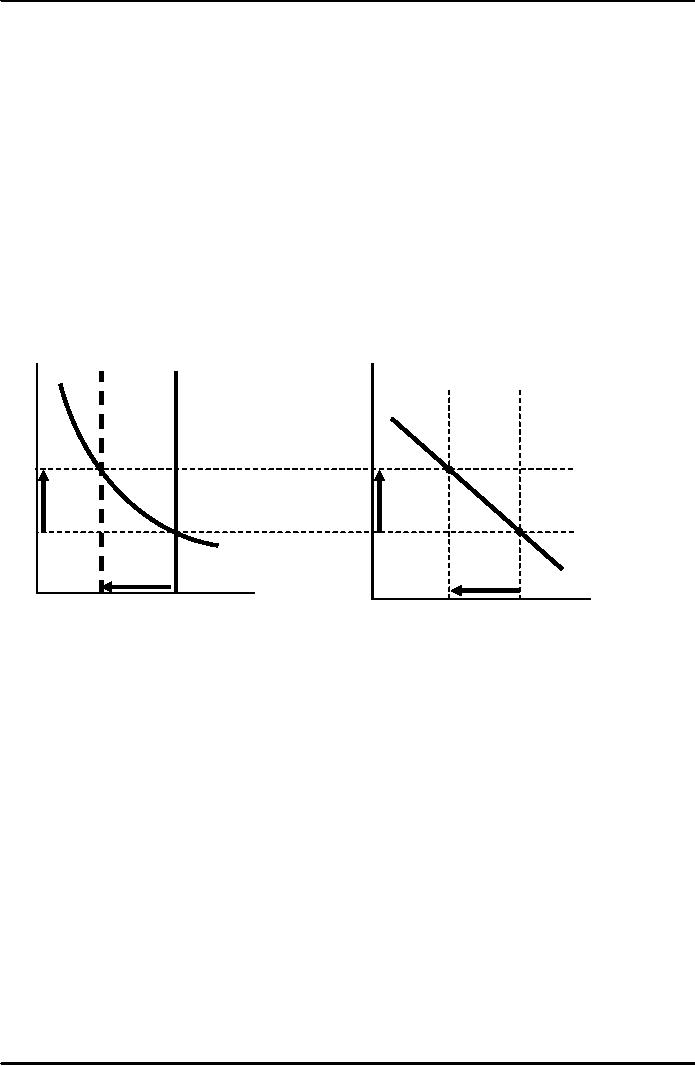
Macroeconomics
ECO 403
VU
LESSON
27
AGGREGATE
DEMAND AND AGGREGATE SUPPLY
(Continued...)
Understanding
the IS
curve's
slope
�
The
IS curve is negatively
sloped.
�
Intuition:
A
fall in the interest rate
motivates firms to increase
investment spending, which
drives up
total
planned spending (E ).
To
restore equilibrium in the
goods market, output (actual
expenditure, Y) must
increase.
The
IS curve and the Loanable
Funds model
(a)
The
L.F. model
(b)
The IS
curve
r
r
S2
S1
r2
r2
r1
r1
I
(r)
IS
Y
S,
I
Y2
Y1
Fiscal
Policy and the IS
curve
�
We
can use the IS-LM
model to see how fiscal
policy (G and T) can affect
aggregate
demand
and output.
�
Let's
start by using the Keynesian
Cross to see how fiscal
policy shifts the IS
curve...
115
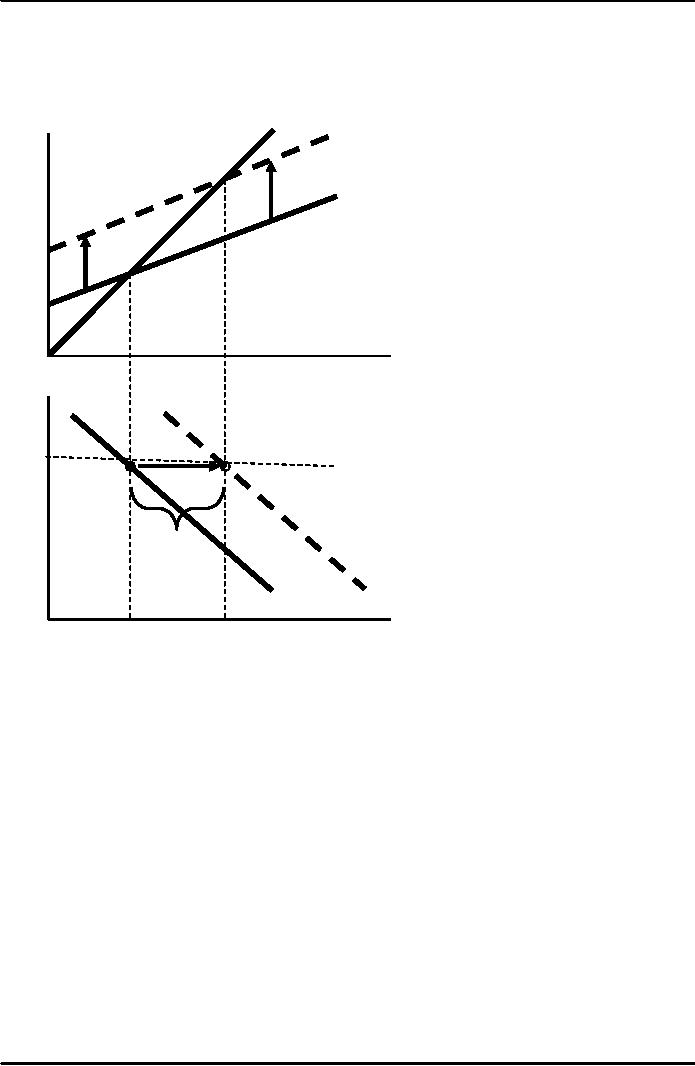
Macroeconomics
ECO 403
VU
Shifting
the IS
curve:
ΔG
At
any value of r, ↑G ⇒
↑E ⇒ ↑Y ...so the IS
curve shifts to the
right.
E
=Y
E
E
=C +I (r1 )+G2
E
=C +I (r1 )+G1
Y
Y1
Y2
r
r1
ΔY
IS2
IS1
Y2
Y1
Y
The
Theory of Liquidity
Preference
�
Due
to John Maynard
Keynes.
�
A
simple theory in which the
interest rate is determined by
money supply and
money
demand.
116
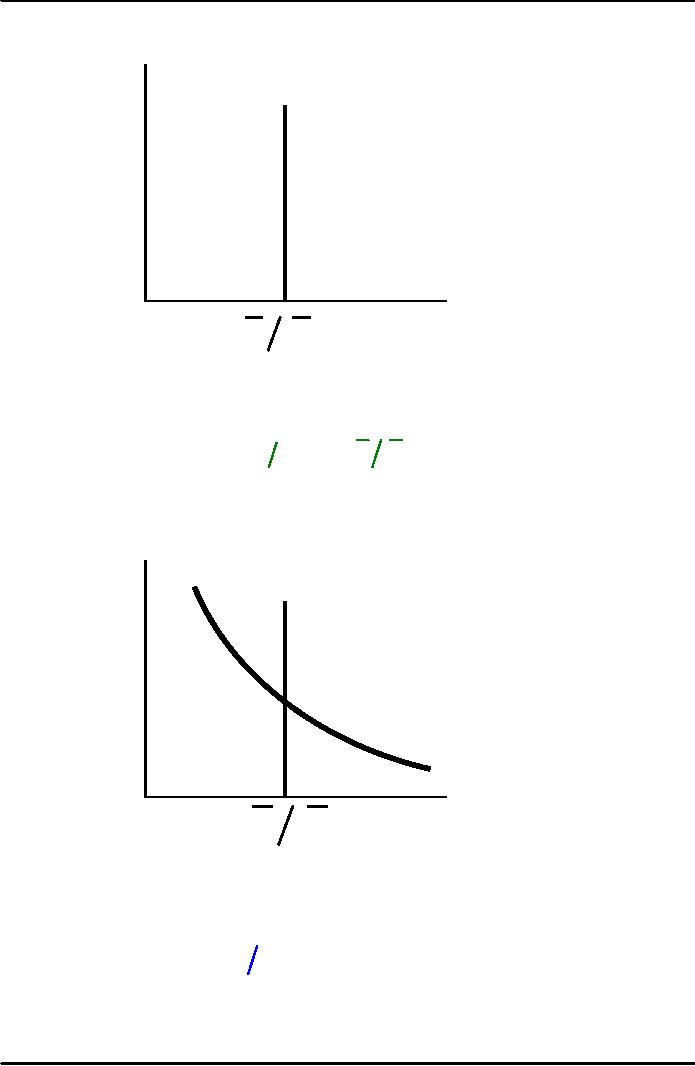
Macroeconomics
ECO 403
VU
Money
Supply
(M/P)s
r
interest
rate
M/P
M
P
real
money
balances
The
supply of real money
balances is fixed:
(M
P) =M
P
s
Money
Demand
s
(M/P)
r
interest
rate
L
(r)
M/P
M
P
real
money balances
Demand
for real money
balances:
(M
P)
d
=
L
(r
)
117
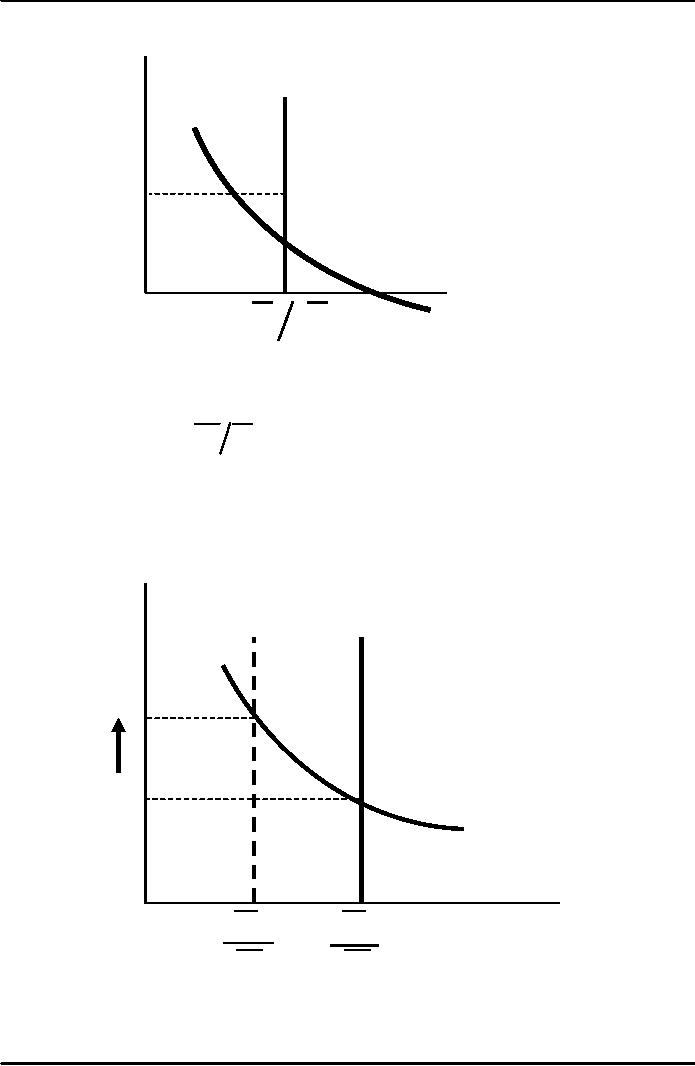
Macroeconomics
ECO 403
VU
Equilibrium
(M/P)
s
r
interest
rate
r1
L
(r )
M/P
M
P
real
money balances
The
interest rate adjusts to
equate the supply and
demand for money:
M
P = L
(r
)
How
Central bank raises the
interest rate
To
increase r, Central Bank
reduces M
r
interest
rate
r2
L
(r )
r1
M/P
M
M
2
1
real
money
balances
P
P
118
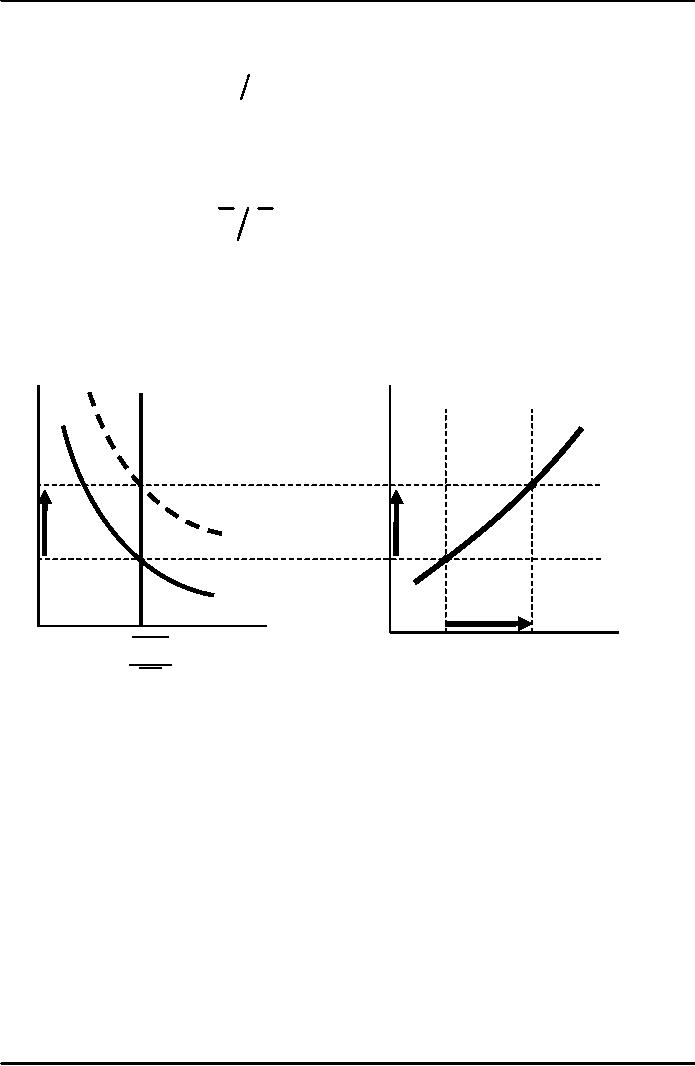
Macroeconomics
ECO 403
VU
The
LM curve
Now
let's put Y back into
the money demand
function:
(M
P)
d
=
L
(r ,Y
)
The
LM curve is a graph of all
combinations of r and Y that
equate the supply and
demand for
real
money balances.
The
equation for the LM curve
is:
M
P = L
(r ,Y
)
Deriving
the LM curve
(a)
The
market for
(b)
The LM curve
real
money balances
r
r
LM
r2
r2
L
(r ,
Y2 )
r1
r1
L
(r ,
Y1 )
Y
M/P
Y1
Y2
M
1
P
Understanding
the LM
curve's
slope
�
The
LM curve is positively
sloped.
�
Intuition:
An increase in income raises
money demand. Since the
supply of real
balances
is
fixed, there is now excess
demand in the money market
at the initial interest
rate.
The
interest rate must rise to
restore equilibrium in the
money market.
119
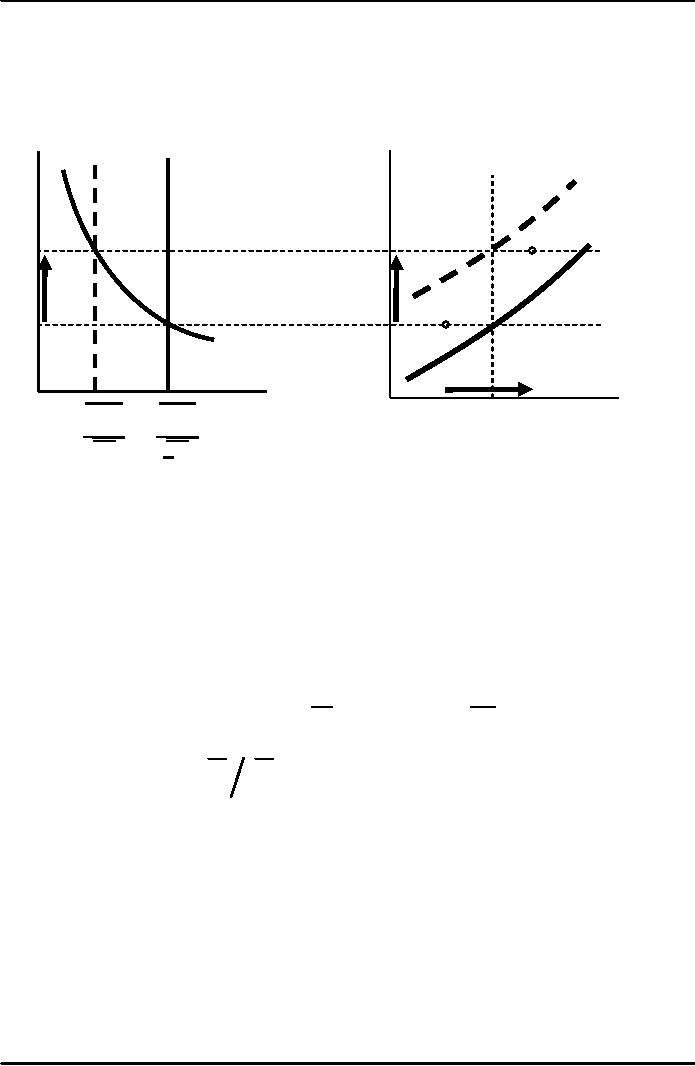
Macroeconomics
ECO 403
VU
How
ΔM shifts
the LM curve
(a)
The
market for
(b)
The LM curve
real
money balances
r
r
LM2
LM1
r2
r2
r1
r1
L
(r ,
Y1 )
Y
M/P
Y
M
M
2
1
p
p
/
/
Shifting
the LM curve
�
Suppose
a wave of credit card fraud
causes consumers to use cash
more frequently in
transactions.
�
Use
the Liquidity Preference
model to show how these
events shift the LM
curve.
The
short-run equilibrium
The
short-run equilibrium is the
combination of r and Y that
simultaneously satisfies
the
equilibrium
conditions in the goods &
money markets:
Y
= C
( - T
) + I
(r )
+ G
Y
M
P = L
(r ,Y
)
120
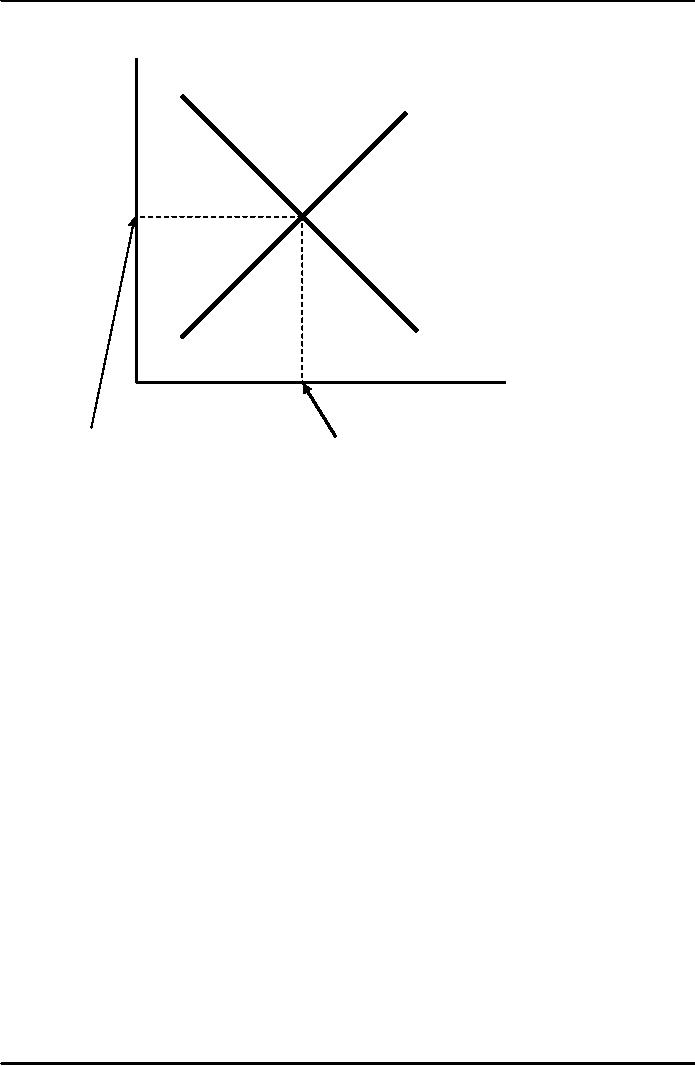
Macroeconomics
ECO 403
VU
r
LM
IS
Y
Equilibrium
interest
Equilibrium
rate
level
of
income
121
Table of Contents:
- INTRODUCTION:COURSE DESCRIPTION, TEN PRINCIPLES OF ECONOMICS
- PRINCIPLE OF MACROECONOMICS:People Face Tradeoffs
- IMPORTANCE OF MACROECONOMICS:Interest rates and rental payments
- THE DATA OF MACROECONOMICS:Rules for computing GDP
- THE DATA OF MACROECONOMICS (Continued…):Components of Expenditures
- THE DATA OF MACROECONOMICS (Continued…):How to construct the CPI
- NATIONAL INCOME: WHERE IT COMES FROM AND WHERE IT GOES
- NATIONAL INCOME: WHERE IT COMES FROM AND WHERE IT GOES (Continued…)
- NATIONAL INCOME: WHERE IT COMES FROM AND WHERE IT GOES (Continued…)
- NATIONAL INCOME: WHERE IT COMES FROM AND WHERE IT GOES (Continued…)
- MONEY AND INFLATION:The Quantity Equation, Inflation and interest rates
- MONEY AND INFLATION (Continued…):Money demand and the nominal interest rate
- MONEY AND INFLATION (Continued…):Costs of expected inflation:
- MONEY AND INFLATION (Continued…):The Classical Dichotomy
- OPEN ECONOMY:Three experiments, The nominal exchange rate
- OPEN ECONOMY (Continued…):The Determinants of the Nominal Exchange Rate
- OPEN ECONOMY (Continued…):A first model of the natural rate
- ISSUES IN UNEMPLOYMENT:Public Policy and Job Search
- ECONOMIC GROWTH:THE SOLOW MODEL, Saving and investment
- ECONOMIC GROWTH (Continued…):The Steady State
- ECONOMIC GROWTH (Continued…):The Golden Rule Capital Stock
- ECONOMIC GROWTH (Continued…):The Golden Rule, Policies to promote growth
- ECONOMIC GROWTH (Continued…):Possible problems with industrial policy
- AGGREGATE DEMAND AND AGGREGATE SUPPLY:When prices are sticky
- AGGREGATE DEMAND AND AGGREGATE SUPPLY (Continued…):
- AGGREGATE DEMAND AND AGGREGATE SUPPLY (Continued…):
- AGGREGATE DEMAND AND AGGREGATE SUPPLY (Continued…)
- AGGREGATE DEMAND AND AGGREGATE SUPPLY (Continued…)
- AGGREGATE DEMAND AND AGGREGATE SUPPLY (Continued…)
- AGGREGATE DEMAND IN THE OPEN ECONOMY:Lessons about fiscal policy
- AGGREGATE DEMAND IN THE OPEN ECONOMY(Continued…):Fixed exchange rates
- AGGREGATE DEMAND IN THE OPEN ECONOMY (Continued…):Why income might not rise
- AGGREGATE SUPPLY:The sticky-price model
- AGGREGATE SUPPLY (Continued…):Deriving the Phillips Curve from SRAS
- GOVERNMENT DEBT:Permanent Debt, Floating Debt, Unfunded Debts
- GOVERNMENT DEBT (Continued…):Starting with too little capital,
- CONSUMPTION:Secular Stagnation and Simon Kuznets
- CONSUMPTION (Continued…):Consumer Preferences, Constraints on Borrowings
- CONSUMPTION (Continued…):The Life-cycle Consumption Function
- INVESTMENT:The Rental Price of Capital, The Cost of Capital
- INVESTMENT (Continued…):The Determinants of Investment
- INVESTMENT (Continued…):Financing Constraints, Residential Investment
- INVESTMENT (Continued…):Inventories and the Real Interest Rate
- MONEY:Money Supply, Fractional Reserve Banking,
- MONEY (Continued…):Three Instruments of Money Supply, Money Demand